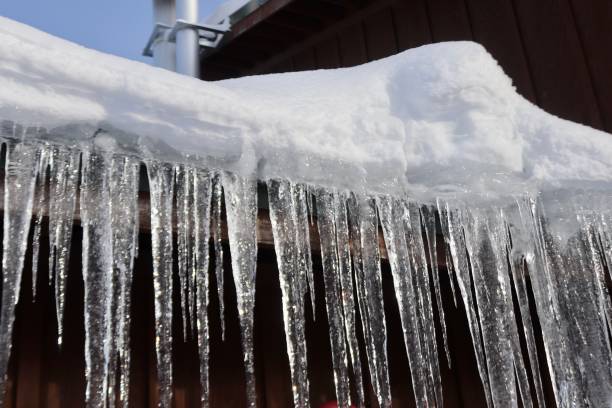Important Advice to Prevent Frozen Pipes in Winter
Important Advice to Prevent Frozen Pipes in Winter
Blog Article
Every person is bound to have their own unique rationale when it comes to Winter Plumbing Precautions: Preventing Frozen Pipes.

Cold weather can damage your plumbing, especially by freezing pipelines. Right here's how to stop it from taking place and what to do if it does.
Intro
As temperatures decline, the danger of icy pipes boosts, possibly resulting in pricey repair services and water damage. Understanding just how to stop icy pipelines is vital for homeowners in chilly climates.
Understanding Icy Pipes
What creates pipes to freeze?
Pipelines ice up when exposed to temperature levels below 32 ° F (0 ° C) for prolonged durations. As water inside the pipelines freezes, it increases, putting pressure on the pipeline walls and potentially triggering them to rupture.
Threats and problems
Icy pipelines can cause water disturbances, home damage, and expensive repair work. Burst pipelines can flooding homes and trigger comprehensive structural damages.
Indications of Frozen Pipeline
Identifying icy pipes early can stop them from rupturing.
How to determine frozen pipelines
Search for reduced water flow from faucets, unusual smells or noises from pipelines, and noticeable frost on revealed pipelines.
Prevention Tips
Shielding prone pipelines
Cover pipes in insulation sleeves or utilize warmth tape to protect them from freezing temperature levels. Focus on pipes in unheated or external locations of the home.
Heating methods
Maintain indoor rooms sufficiently heated up, particularly locations with plumbing. Open cabinet doors to allow warm air to circulate around pipes under sinks.
Safeguarding Outside Plumbing
Yard tubes and outdoor faucets
Detach and drain pipes yard pipes before winter season. Install frost-proof spigots or cover exterior taps with insulated caps.
What to Do If Your Pipelines Freeze
Immediate activities to take
If you presume frozen pipes, maintain faucets open to ease pressure as the ice thaws. Utilize a hairdryer or towels soaked in warm water to thaw pipes gradually.
Long-Term Solutions
Structural changes
Consider rerouting pipes far from outside walls or unheated locations. Add added insulation to attic rooms, basements, and crawl spaces.
Updating insulation
Buy high-quality insulation for pipes, attics, and walls. Appropriate insulation aids preserve consistent temperature levels and reduces the threat of icy pipes.
Final thought
Stopping icy pipelines calls for aggressive actions and fast feedbacks. By recognizing the causes, signs, and safety nets, home owners can shield their pipes during winter.
5 Ways to Prevent Frozen Pipes
Drain Outdoor Faucets and Disconnect Hoses
First, close the shut-off valve that controls the flow of water in the pipe to your outdoor faucet. Then, head outside to disconnect and drain your hose and open the outdoor faucet to allow the water to completely drain out of the line. Turn off the faucet when done. Finally, head back to the shut-off valve and drain the remaining water inside the pipe into a bucket or container. Additionally, if you have a home irrigation system, you should consider hiring an expert to clear the system of water each year.
Insulate Pipes
One of the best and most cost-effective methods for preventing frozen water pipes is to wrap your pipes with insulation. This is especially important for areas in your home that aren’t exposed to heat, such as an attic. We suggest using foam sleeves, which can typically be found at your local hardware store.
Keep Heat Running at 65
Your pipes are located inside your walls, and the temperature there is much colder than the rest of the house. To prevent your pipes from freezing, The Insurance Information Institute suggests that you keep your home heated to at least 65 degrees, even when traveling. You may want to invest in smart devices that can keep an eye on the temperature in your home while you’re away.
Leave Water Dripping
Moving water — even a small trickle — can prevent ice from forming inside your pipes. When freezing temps are imminent, start a drip of water from all faucets that serve exposed pipes. Leaving a few faucets running will also help relieve pressure inside the pipes and help prevent a rupture if the water inside freezes.
Open Cupboard Doors
Warm your kitchen and bathroom pipes by opening cupboards and vanities. You should also leave your interior doors ajar to help warm air circulate evenly throughout your home.

I discovered that content about Winter Plumbing Precautions: Preventing Frozen Pipes while perusing the web. Sharing is nice. Helping others is fun. We take joy in your readership.
Visit Website Report this page